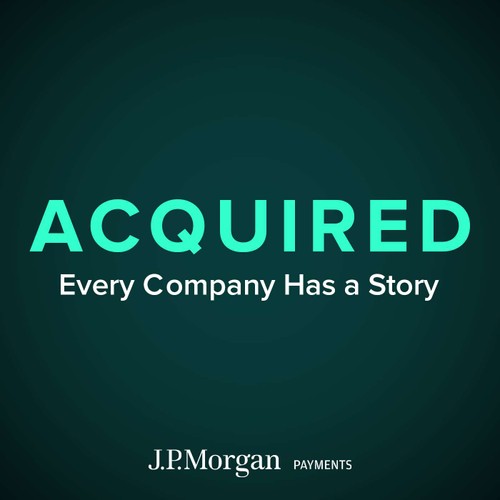
 Acquired
Acquired Amazon.com
Sam's Prophecy
- Sam Walton pondered if a "Walmart-type story" could still occur in 1992.
- Jeff Bezos was simultaneously brainstorming internet business ideas at D.E. Shaw.
Bezos's Upbringing
- Jeff Bezos's grandfather, Lawrence Preston Giese, ran Sandia National Laboratories and was an original member of DARPA.
- Bezos spent summers on his grandparents' 24,000-acre ranch, 100 miles from any retail.
Family Ties
- Bezos's stepfather, Miguel Bezos, fled Cuba during the revolution and attended Salesianum High School in Wilmington, Delaware.
- Bezos grew up in Houston during the Apollo era, surrounded by the space program.



























Amazon. No company has impacted the internet — and all of modern life — more than this one. We’ve waited seven years to do this episode, and are so, so excited to finally dive into every nook and cranny of this legendary company. And of course because we’re Acquired and this is Amazon, we couldn’t contain it all to just one episode… even a 4+ hour one! So today we focus on Amazon.com the retail business, and we’ll have another full episode on AWS coming soon. And because all great series are trilogies, to fully understand Amazon we highly recommend starting first with our previous episode on Walmart, which truly is the giant’s shoulder that Jeff Bezos stood upon. Let’s go!!
Sponsors:
Rippling: https://bit.ly/acquiredrippling
Statsig: https://bit.ly/acquiredstatsig25
Odd Lots: https://bit.ly/acquiredoddlots
ServiceNow: https://bit.ly/acquiredsn
More Acquired!
- Get email updates with hints on next episode and follow-ups from recent episodes
- Join the Slack
- Subscribe to ACQ2
- Merch Store!
© Copyright 2015-2025 ACQ, LLC
Links:
- Jeff’s first public Amazon interview
- Our early-Acquired-days interview with Tom Alberg
- Episode sources
Carve Outs:
- Rick Rubin on the Lex Fridman Podcast
- Ursula Le Guin
- Dissect Season 2 on My Beautiful Dark Twisted Fantasy
- Elden Ring (again)
Note: Acquired hosts and guests may hold assets discussed in this episode. This podcast is not investment advice, and is intended for informational and entertainment purposes only. You should do your own research and make your own independent decisions when considering any financial transactions.
